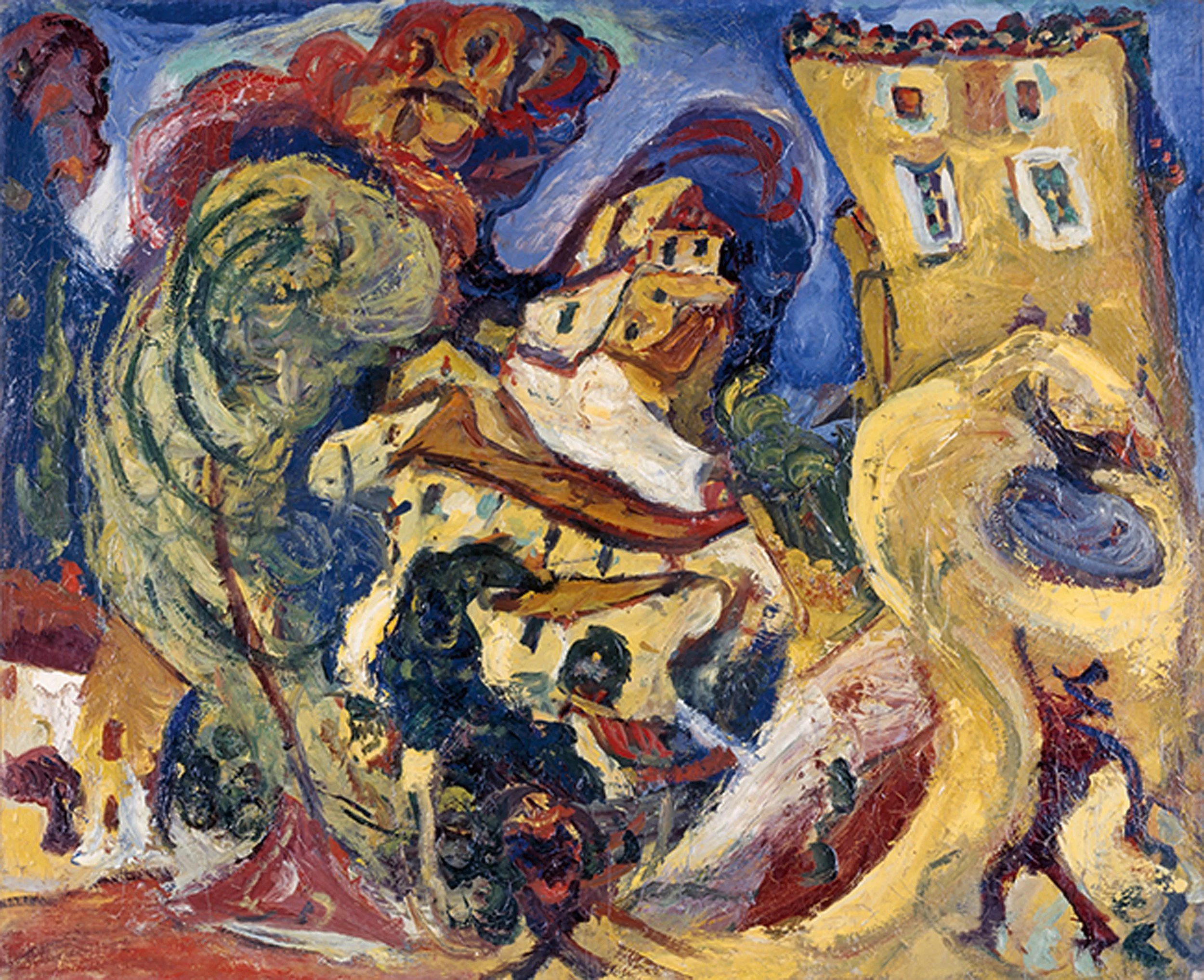Chaïm Soutine
Chaïm Soutine (1893–1943) was a Belarusian-born painter whose visceral brushwork and emotional intensity made him one of the defining figures of the School of Paris. Born in Smilavichy near Minsk, he grew up in a poor Jewish family and later studied in Vilnius before moving to Paris in 1913. There he became part of a circle of émigré artists, including Amedeo Modigliani, who recognized his singular vision.
Soutine’s work is marked by distorted forms, vibrant colors, and a restless energy that transformed landscapes, portraits, and still lifes into raw expressions of feeling. His series of animal carcasses, echoing Rembrandt and van Gogh, are among the most powerful meditations on life, death, and materiality in modern art.
Though often working in poverty and obscurity during his lifetime, Soutine’s art gained recognition in the 1920s, when his paintings were acquired by American collectors such as Albert C. Barnes. Today, his works are held in major museums worldwide, including the Centre Pompidou in Paris, the Museum of Modern Art in New York, and the Hermitage Museum in St. Petersburg.
Soutine remains celebrated for his uncompromising intensity—a painter who turned personal struggle into a universal language of passion and upheaval on canvas.
Copyright © New Belarus Art 2025
Legal | Privacy & Cookies
